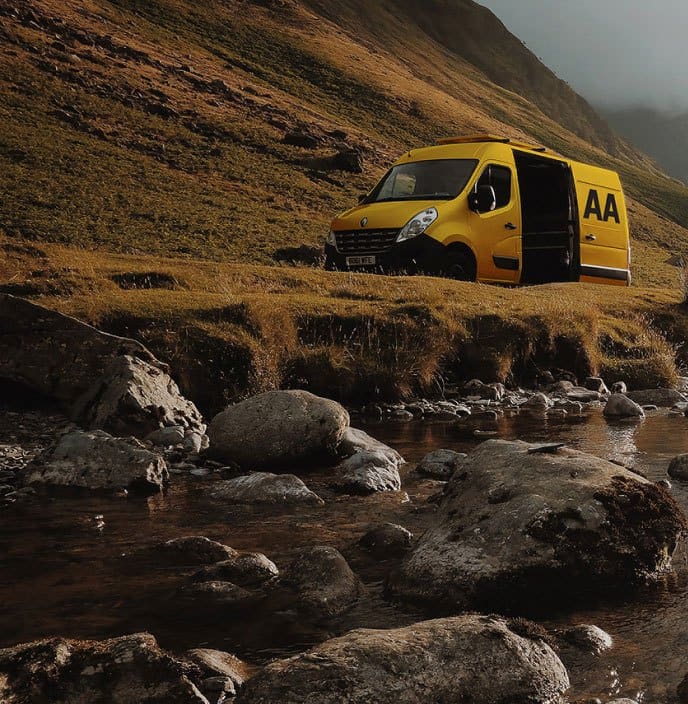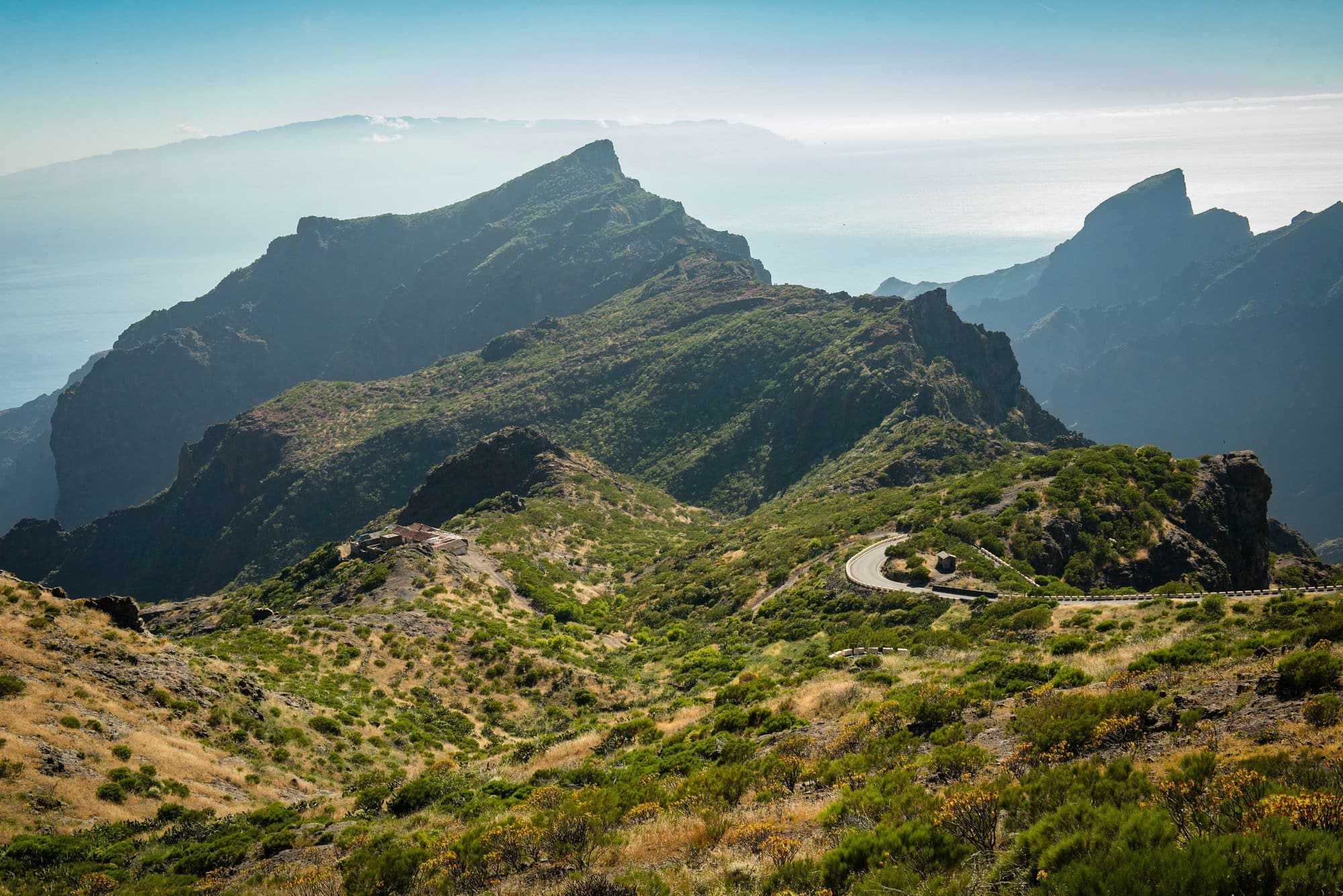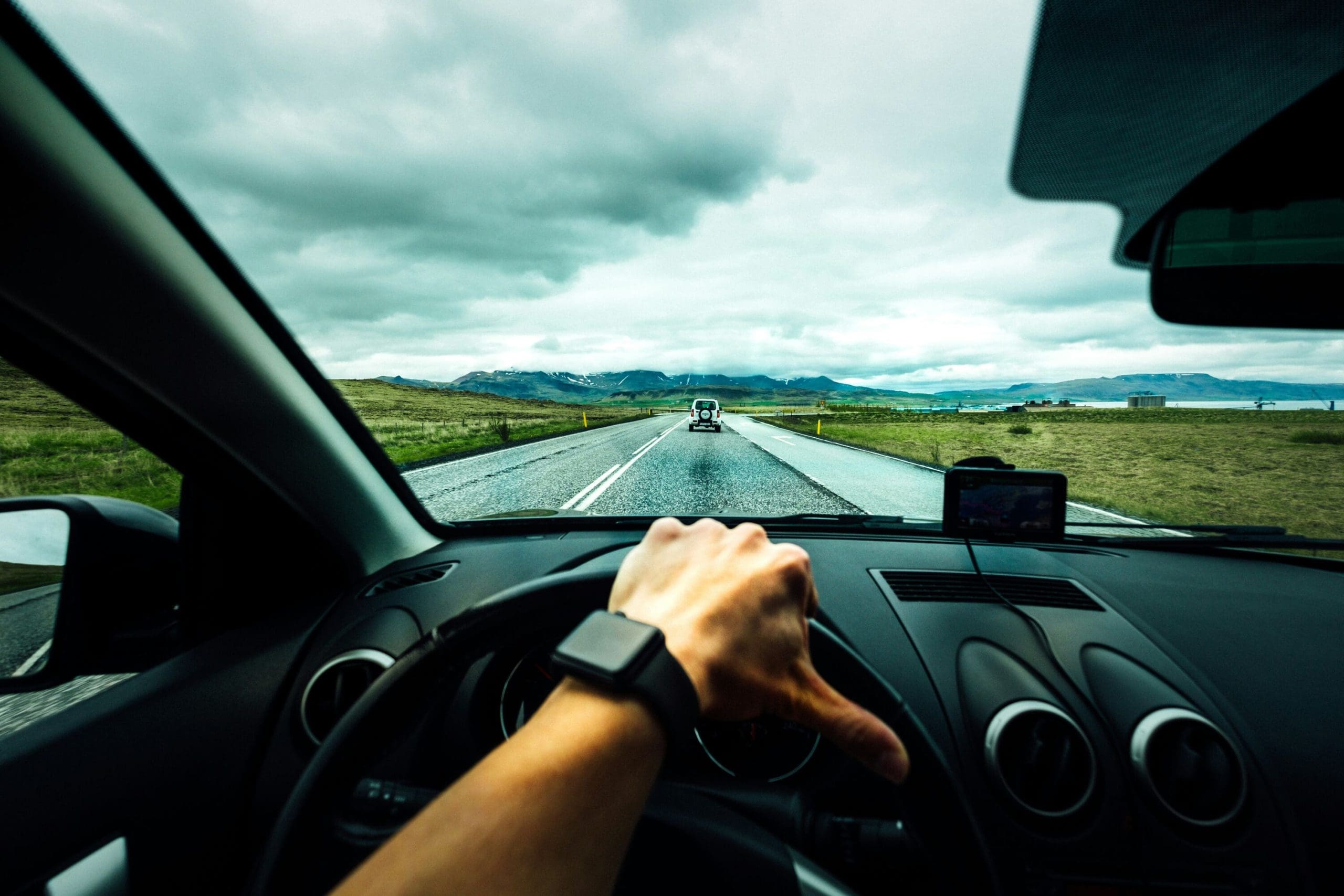AA Ireland is calling on motorists to exercise additional caution when driving tonight and tomorrow, as weather conditions are set to deteriorate due to Storm Eunice.
Motorists are being urged to slow down, allow extra stopping distance between their car and any car in front of them. Adapt your driving to the weather conditions, be on the lookout for vulnerable road users. The best advice is to add an extra fifteen minutes onto your normal commute.
Obey any road closures or diversions put in place by Local Authorities and An Garda Síochána.
Multiple weather warnings have been issued by Met Éireann
From 3am until 8am Friday, a Status Red Wind Warning will be in place for Cork, Kerry and Clare. The Red Warning will also be valid for Waterford from 7am until 11am.
There will be Status Orange Wind Warning for all of Munster, as well as Carlow, Dublin, Kildare, Kilkenny, Laois, Offaly, Wexford, Wicklow and Galway from 3am until 11am.
A Status Orange Snow Warning will also be in place for Donegal, Leitrim, Sligo, Mayo, Roscommon until 3pm Friday.
Meanwhile, a Status Yellow Wind and Rain Warning will be in place nationwide from 1am until 6pm Friday, with a Snow/Ice Warning in place until 10am Saturday.
Snow or hail:
Slow down, allow extra stopping distance between your car and any car in front, and expect poor visibility conditions if driving in falling snow.
Make sure your windscreen, windows and mirrors are fully de-iced before you start your journey.
Whenever temperatures dip there’s a few breakdown issues that motorists need to be particularly mindful of. If you have an older or weaker battery the sudden temperature dip may result in your car struggling to start after being idle overnight. If your car has been unused for a while, it can be worth taking it for a short drive before the weather worsens to ensure your battery is functioning correctly.
Whatever you do, don’t pour boiling water over your windscreen when trying to defrost it in the morning as it’s very likely to crack the glass. Warm water will get your windows clear and get you on the road, boiling water may leave you waiting for assistance.
Remember to be extra cautious on secondary or local roads which may have more shaded areas which means snow and hail can linger for longer, and will often have more bends than major routes. Brake progressively (but not harshly) on straight roads before you reach a bend. Having slowed down, steer smoothly round the bend and avoid any harsh manoeuvres.
Strong winds
When driving in strong winds, be on the lookout for vulnerable road users and fallen trees.
Keep both hands on the wheel. Stay vigilant for strong gusts on exposed stretches of road or when passing high-sided vehicles. For example, during strong gusts it can take up to 170 metres to bring your car to a complete halt if driving at 120km/h.
Keep your speed down. Not only will this give you more time to react if anything happens on the road ahead of you, but it will also make it less likely for your car to be blown off course by strong gusts.
Allow extra stopping distance between you and the car in front of you. Exercise addition caution when overtaking, especially when passing high-sided vehicles and caravans.
Watch out for debris on the road. Coming across twigs or small branches on the road could indicate that a tree or large branch has fallen on the road ahead of you. Similarly, partially fallen trees can hang above the sweep of your headlights. This can make them more difficult to spot when driving at night or early in the morning.
Stay vigilant the days after strong winds. In the days immediately following strong winds, some trees which were weakened by the gusts could fall so it’s important to be vigilant even after the winds have eased.
Surface water and flooding
Surface water and floods can be deceiving; it’s often difficult to tell how deep the water goes until you’re in it. Pot-holes, drains and uneven road surfaces can also lead to nasty surprises. As a rule of thumb, we always advise that if you’re not sure you’ll make it – turn back. For the sake of a few extra minutes on your journey, you could be saving yourself from engine damage or worse.
The effects of driving through flood water are varied – everything from the engine to the electricals can suffer when exposed to water. Naturally, if you cut out and become stranded, you’ll know you’ve gone wrong. However, some damage often only becomes apparent further down the line.
In general, you should avoid driving through water more than 10cm deep. Just 30cm of standing water – the length of a ‘long ruler’ – can cause a car to move involuntarily, and a depth of 60cm can cause it to float away. If water is moving, much shallower waters can present the same dangers.
Water as little as 3cm deep is sufficient to cause aquaplaning. This is when a layer of water causes your tyres to lose their grip on the road, instigating a loss of steering control. If your steering wheel feels ‘light’, there’s a good chance that you’re aquaplaning. The key is not to brake – reduce your speed by easing off the accelerator – and avoid harsh steering, keeping your two hands firmly on the wheel.
Cutting out is every driver’s biggest fear when driving through surface water – and for good reason too. If the level of water outside the car reaches your engine’s air intake, water can be sucked into the engine and can cause it to stop. A very small amount of water is enough to ruin a healthy engine.
If your car does cut-out, attempting to restart it can often make matters worse. It’s best to exit the vehicle, find shelter and call for help. While you’re waiting, avoid propping up the bonnet. Rainwater can further damage the mechanics if left exposed. If you’re an AA Member, one of our experienced patrols will be sent out to assist you no matter the day or time.
If you’re confident that the level of water is low enough for you to pass through without causing damage, you should nonetheless drive with extreme caution.
It’s best to drive slowly in a low gear, keeping the engine revs high. This prevents water from entering the exhaust, prevents waves from forming and reduces your risk of aquaplaning. When you’re out the other side, drive slowly for a stretch, tapping the brake pedal a few times before returning to a normal speed. This will dry the brakes and also prevent aquaplaning.










